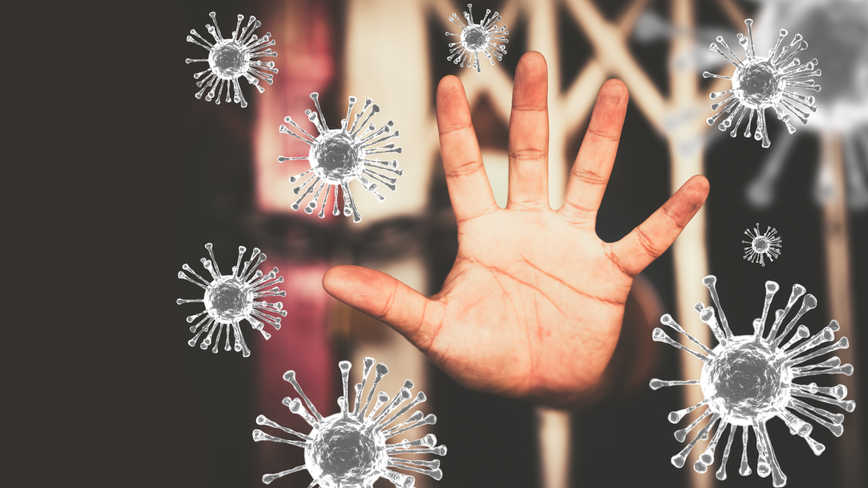Wilful amnesia may be a universal phenomenon, but it does not make problems go away. This was evident from a report by Amnesty International that highlighted the sufferings during the pandemic of an already-beleaguered constituency: prisoners. The plight of the latter, in India and around the world, appears to be two-fold. To begin with, the opacity of prisons makes society easily forget the asymmetrical relationship that binds inmates to the authorities, manifest in routine violations of prisoners’ rights and dignity. The pandemic — this is the other challenge — seems to have heightened these transgressions. Last year, the Supreme Court had ordered all Indian states to consider releasing some prisoners on parole to reduce overcrowding in jails during the Covid-19 outbreak. The apex court had also directed that video conferencing be introduced for prisoners so that they can stay in touch with their families. The findings of the Amnesty report are damning in this respect. Not only was the rate of release insufficient to mitigate the magnitude of the risk but detainees, according to a source in Jammu and Kashmir, were also allowed just one call to their families in 15 days.
The State’s apathy towards the health of prisoners is unlikely to change even as some states face a second surge of the coronavirus. Given that prisons are particularly vulnerable to the infection on account of congestion — around 27 per cent of prisons across India are still overcrowded — it stands to reason that inmates, nearly 70 per cent of whom are undertrials, ought to be prioritized for vaccination. Yet, while prison staff were listed among three priority groups for vaccination, prisoners were dropped from the list. The embedded moral ambivalence towards the condemned may have played a part here. The pandemic could have been used as an opportunity to assess the weaknesses in India’s prison system and institute reform. Sadly, this has not been the case. This is especially ironic given the apex court’s push in this direction — the overall prison occupancy came down to 93.3 per cent from 117.6 per cent between April 1 and June 30 last year on account of the Supreme Court’s directive. This momentum must be taken forward to address a number of challenges that confront prisoners — deplorable sanitary conditions, poor medical facilities, the flouting of social distancing norms and absence of protective gear — each of which can turn the country’s prisons into Covid-19 hotspots.










